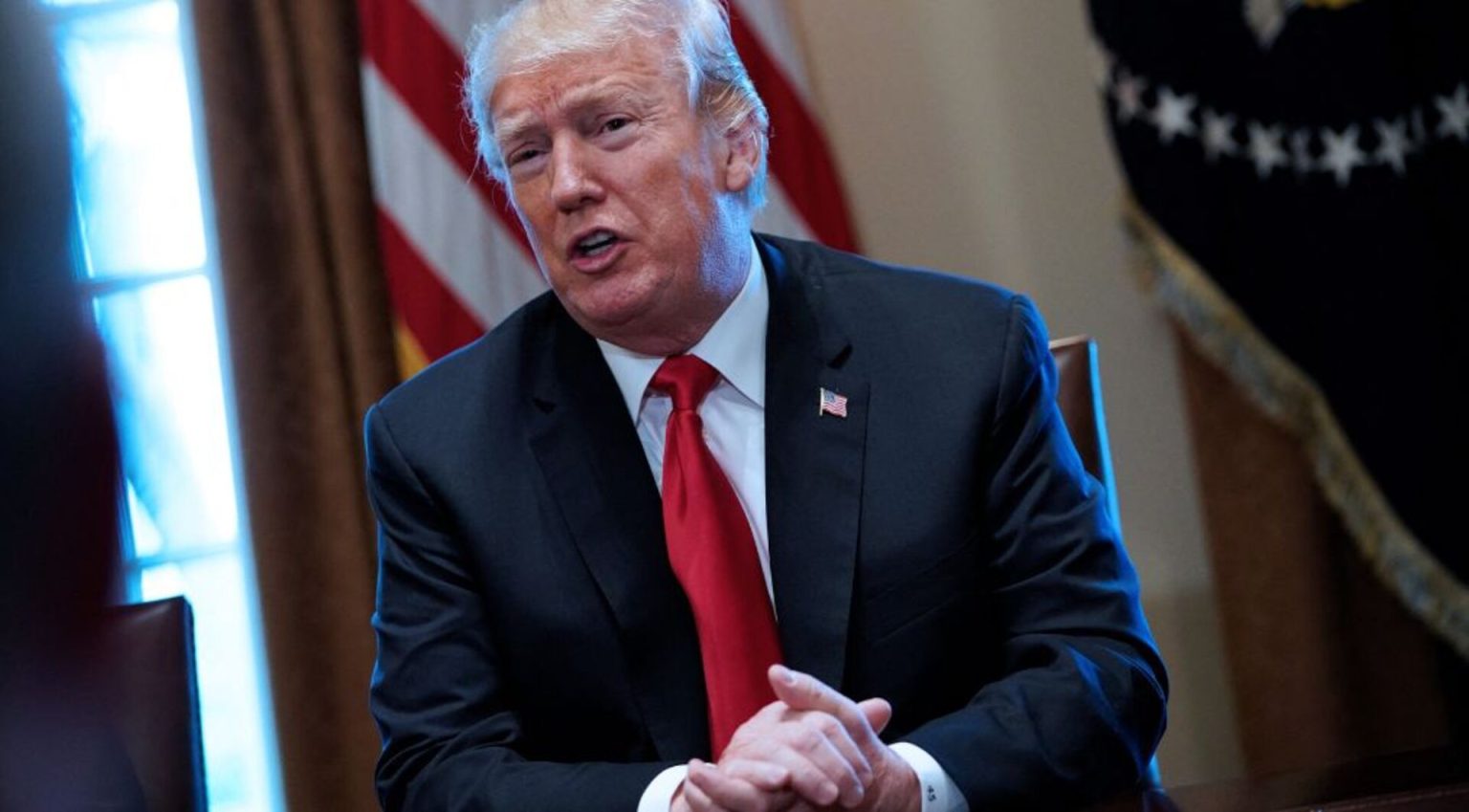The United States, Canada, and Mexico have temporarily suspended a looming trade conflict by agreeing to a 30-day pause on U.S. tariffs targeting Canadian and Mexican goods. This reprieve offers a temporary respite for the North American allies, who were poised for a potentially devastating trade war sparked by President Trump’s imposition of tariffs on steel and aluminum imports. While this pause provides an opportunity for negotiations and a potential resolution, the underlying tensions and disagreements regarding trade practices remain, leaving the future of North American trade relations still uncertain. The temporary nature of this ceasefire highlights the fragility of the current trade environment and the need for a long-term, sustainable solution.
In stark contrast to the temporary truce with its North American neighbors, the U.S. has escalated trade tensions with China. The administration has imposed tariffs on a wide range of Chinese goods, prompting immediate retaliatory measures from Beijing. The Chinese government has accused the U.S. of unilateralism in its trade approach and has formally lodged a complaint with the World Trade Organization (WTO), seeking international intervention to address what they perceive as unfair trade practices. This escalating trade war between the world’s two largest economies has fueled anxieties about the potential for global economic disruption and the undermining of the rules-based international trading system. The conflicting approaches to resolving trade disputes, with North America opting for negotiation while the U.S. and China engage in tit-for-tat tariffs, further complicate the global trade landscape.
President Trump’s justification for the tariffs rests on his assertion that the U.S. has been consistently exploited in trade deals by countries around the world. He argues that these tariffs are necessary to protect American industries and workers, rectifying what he sees as unfair trade imbalances. This protectionist rhetoric resonates with a segment of the American public concerned about job losses and the decline of domestic manufacturing. However, critics argue that tariffs are a blunt instrument that ultimately harm consumers and businesses through higher prices and reduced market access. This debate over the efficacy and consequences of tariffs highlights the fundamental disagreements on trade policy and the challenges in finding a balanced approach that addresses both domestic concerns and global economic interdependence.
Experts offer diverse perspectives on the effectiveness of tariffs as a trade policy tool and the potential economic consequences. Dmitry Grozoubinski, Director of ExplainTrade, a trade policy consultancy, likely emphasizes the complexity of global trade relations and the potential for unintended consequences from imposing tariffs. He might highlight the importance of multilateral negotiations and the role of institutions like the WTO in mediating trade disputes and ensuring a rules-based system. Greg Swenson, a founding partner at investment banking firm Brigg Macadam, might offer insights into the financial market implications of trade wars and the potential impact on investment and economic growth. He could analyze the impact of tariffs on specific industries and the broader macroeconomic consequences for the countries involved.
Gavin Fridell, a Professor of Political Science and Global Development Studies, likely provides an academic perspective on the historical context of trade disputes and the political dynamics driving current trade tensions. He might explore the broader implications of trade protectionism for global development and the potential for increased inequality. Professor Fridell may also examine the political motivations behind the use of tariffs and the potential for these measures to escalate into broader geopolitical conflicts. The diverse viewpoints of these experts underscore the multifaceted nature of trade policy and the need for careful consideration of the potential ramifications of tariffs on domestic economies and global trade relations.
In conclusion, the pause on tariffs between the U.S., Canada, and Mexico provides a window of opportunity for negotiation and de-escalation, but the underlying trade tensions remain unresolved. The escalating trade war between the U.S. and China, characterized by retaliatory tariffs and accusations of unilateralism, highlights the risks of a protectionist approach to trade policy. The contrasting approaches to resolving trade disputes, with North America opting for dialogue while the U.S. and China engage in a tariff battle, further complicate the global trade landscape. President Trump’s assertion that the U.S. has been systematically disadvantaged in trade deals and his justification for tariffs as a corrective measure are countered by arguments that tariffs ultimately harm consumers and businesses. Expert opinions underscore the complex nature of trade policy and the need for a nuanced approach that balances domestic concerns with the benefits of global trade. The long-term consequences of these escalating trade tensions remain uncertain, but the potential for economic disruption and a weakening of the international trading system demands careful consideration and a commitment to finding sustainable solutions.

